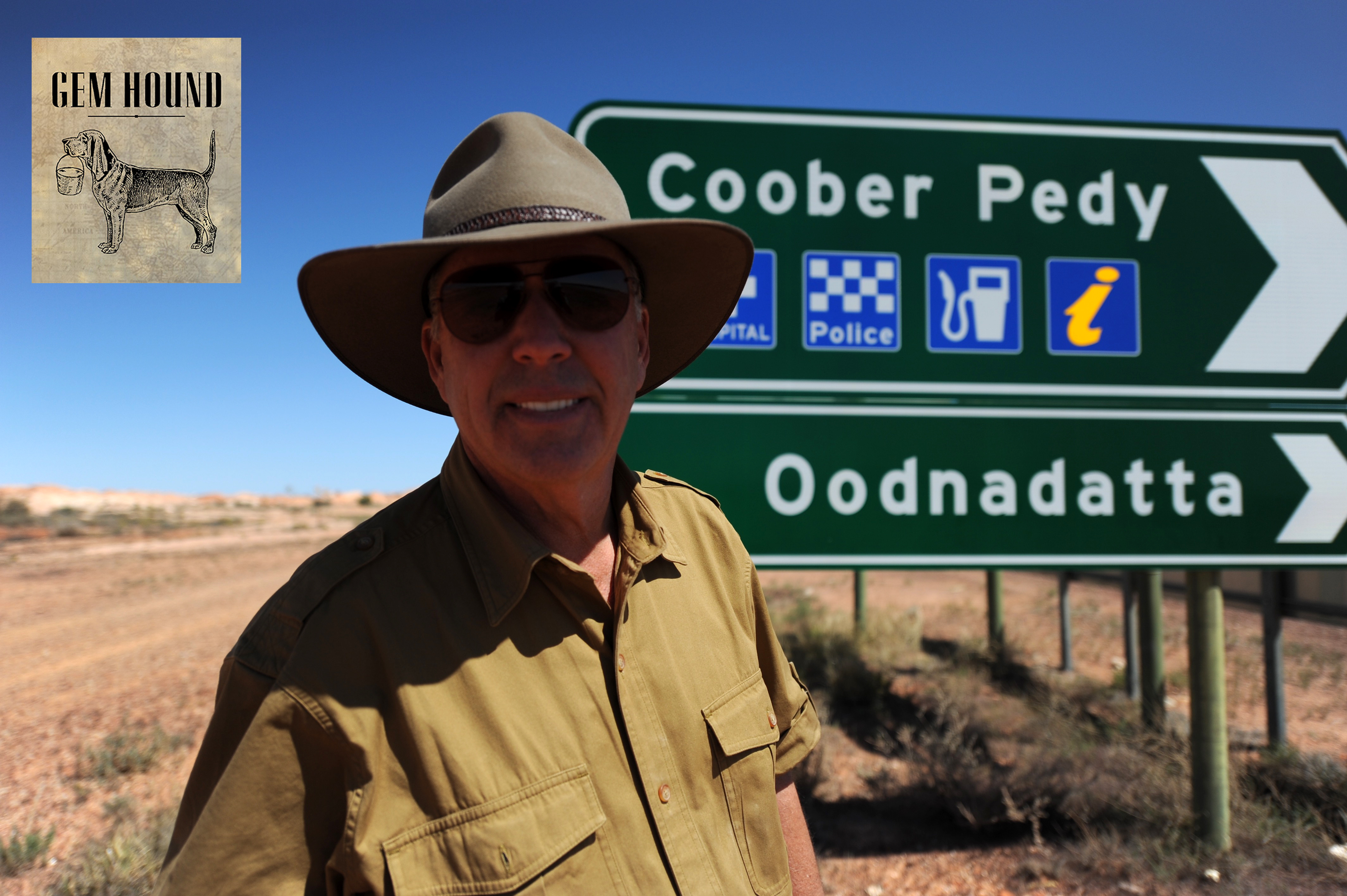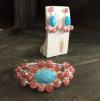Have you ever wondered why a particular stone is called an opal, but looks nothing like one? That’s because there are two types – Precious and Common.
The stone that puts out flashes of light and color (opalescence) is called Precious Opal, most of which is mined in Australia. This is the opal that is most familiar to us.
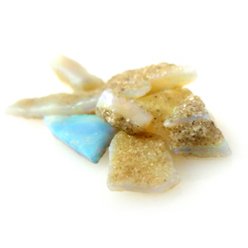 | 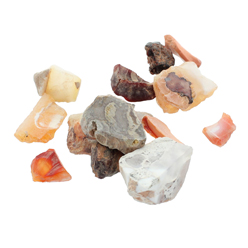 |
Common opal, also called “potch” doesn’t have the play of color, but is opaque and sometimes translucent, instead. When polished they take on a waxy luster. Common opals are beautiful and quite affordable. It is mined worldwide - Peru, Mexico, South Africa, Madagascar, and the U.S.
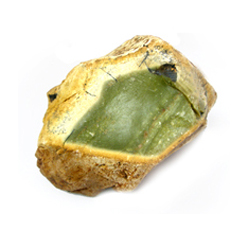 | 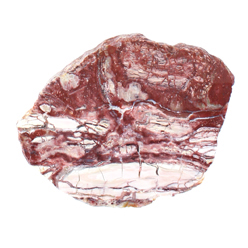 | 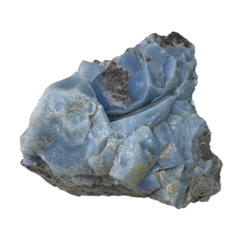 |
The cool thing about common opal is the variety of colors – green, blue, pink, yellow, purple, orange and many more. Some have banding, some have dendritic inclusions (resembles tree branches within the stone), and a few are found as part of petrified wood.
Interestingly, opals contain water, or more accurately, solidified gel.Common opal can be 3 - 21% water and the precious opal contains approximately 6 – 10%. Microscopically, the internal structures look like spheres. The difference between common and precious is in how these spheres are constructed and arranged. If they are uniform in shape and size and neatly stacked, this is precious opal. This structure diffracts light and gives the opal its flash of color. Common opal has a messy arrangement of spheres with varying size and shape and it won’t have a play of color.
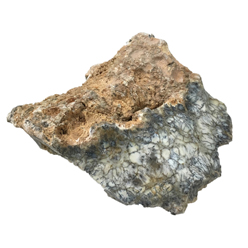 | 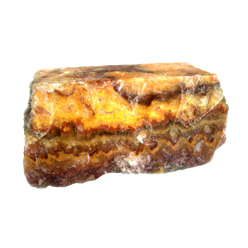 |
Keep your opals away from heat – they are sensitive to heat and can crack. They’re also brittle so take care when wearing them because they can be easily damaged. As with most stones, opals can be cleaned with a soft cloth and warm (not hot), soapy water.
Jay will be presenting a variety of common opal pieces in his upcoming shows, so be sure to watch!


